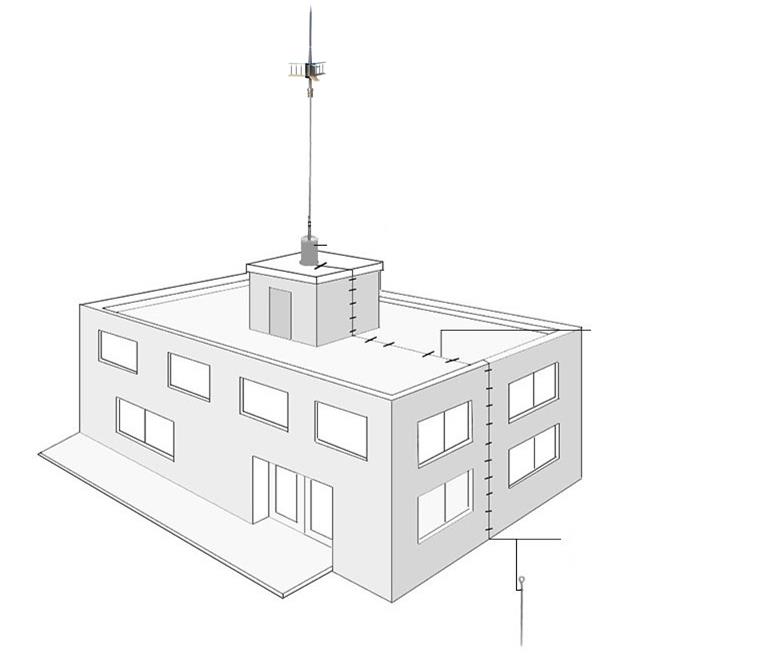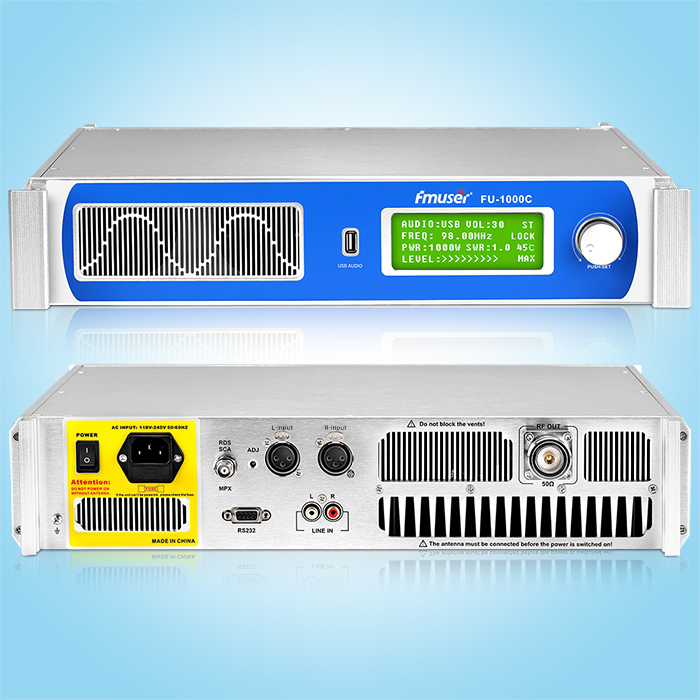On the eve of CP +, Japanese camera manufacturers will release new cameras, lens or surroundings, such as Fuji release APS-C new flagship X-H1. X-H1 is Fuji's first unveiled camera that is equipped with a five-axis anti-shake. In addition, what surprise will it give us?
Small GFX50S?
If you have used the fuji in the furcoon, there is no anti-camera GFX50S, which will think that X-H1 is a small GFX50S. Compared to X-T2, X-H1 becomes more heavier - size is 139.8mm × 97.3mm × 85.5mm, the air machine weight is 623g, and the exposure compensation mechanical pulley is removed, the shoulder screen, the exposure compensation button is replaced.
However, the X-H1 hand does not weaken, Fuji increases the width of the handle, depth; the Q key is placed in the upper right corner of the back of the fuselage, pulls the focus rocker and the direction keyboard distance, thereby increasing thumbs up Space; camera shoulder perforation, moving backward, avoiding camera belt affecting user holding camera; in the lower right corner of the back side of the fuselage, the lower right corner of the front is performed, holding the camera more smooth; EVF viewfinder backward Move, when the scene is not top screen ... In short, X-H1 is a thick camera that is thick and unhappy. For small-ed-modal control, the control efficiency is far more than X -T2, you can complete the shooting now.
At the press conference, Fuji also mentioned that the surface of the X-H1 body has a new scratch-resistant layer, the hardness reaches 5h, the far exceeds 5h, and the aluminum magnesium alloy frame thickens 25%, firmness Double the X-T2, especially to strengthen the body bayonet, prepare for the installation of XF 200mm F2.0 and other heavy-duty telephoto lenses in the future. As for the actual effect, the wait time and 200 sets, but in half a month of X-H1, the body does not leave white due to shaving.
In order to obtain a longer battery usage, there is now a larger capacity lithium battery, but the X-H1 is still only 7.2V, 1200M ANP-W126S lithium battery. This is the advantage of the battery and the X-T2, X-T20, X-E3, X100F. The battery life is shortened than X-T2, and only about 310 frames in the lens unit when they are mixed with XF35MMF1.4 R. To get a longer life time can only install the vertical handle VGP-XH1, extend to three batteries, and the battery will increase to 900.
Five-axis anti-shake
X-H1 uses 24MP, APS-C's X-Trans CMOS III sensor, continuous shooting speed, and even the number of testers is almost consistent with X-T2, the most significant improvement in technical indicators is to join the body five Axis anti-shake, built-in 3-axis acceleration sensor, 3-axis gyro sensor, two-range anti-shake operations per second, and corresponding anti-shake components, can be combined with the lens optical anti-shake composition double anti-shake, machine Size, weight soaring is also from this.
However, the anti-shake effect of different lenses can be achieved in X-H1, and the X-H1 can achieve the five-axis anti-shake in the non-optical anti-shake of the optical anti-shake, the effect is 5 gears; XF-containing anti-shakes The five-axis anti-shake can be opened on the lens, but XF10-24mm f4, XF18-55mm F2.8-4, XF55-200mm F3.5-4.8 only 2.5 files, 3.5, 4.5-speed anti-shake effect; use XF35mm F1 .4 r up to 5.5 file anti-shake.
If you use the MKX movie lens, the Zeiss lens, M bayonet, the X-H1 can use the body's anti-shake function, but only MKX, the Zeiss lens has a five-axis effect.
The picture below is a photo taken by X-H1 with XF50-140MMF2.8 R LM OIS WR lens, the lens is 140mm, the approximately equivalent 135 frame is 214mm, and 1/15S is easy to output a clear photo.
100% cut
Faster and more accurate AF
Fuji is a company that I like to improve camera performance through firmware upgrades, almost every important firmware update will increase the focus performance, and new flagship will increase AF performance. From the screen, the X-H1 pair is not changed, in fact, the X-H1 focus focus is divided into 20 regions in the five small partitions of X-T2, and three pixels read synchronize. At X-T2, the Fuji camera has been added, vertical addition, and independent manner, and the first two groups are read to be read into a ranks or number of columns of the focus pixel, suitable for low light and low. Use in contrast environments, while independent focus pixels are suitable for material, such as feathers.
In X-H1, Fuji achieved horizontal addition, vertical addition, and independent synchronous read, data volume increased to 12 times, significantly improved focus speed and adaptability. Compared with X-T2, X-H1 increases the lower limit of the AF from 0.5 eV to -1eV, the minimum AF aperture is increased to F11, the phase difference pair power (low contrast / high frequency) is increased from 57% to 75%, phase The focal power (overall) increased from 81% to 85%. In addition, the X-H1 utilizes the zoom position prediction algorithm to achieve the ability of AF-C when zooming.
The following two diagrams are the instant X-H1 shooting bird from still to take off, and the two photo shooting spaces are about 1 second, the camera sets the AF-C mode, with XF16-55mmf2.8 r LM WR lens, the aperture F2 .8, when the bird is flying from the central region (the phase difference to the focus coverage area), X-H1 can take a clear photo with the target and shoot a clear photo with the target.
Next is a group of boxing continuous photos, high-speed continuous shooting in the flash environment, with XF16-55mmf2.8 r LM WR lens, the aperture is f8.0, the shutter time is 1 / 250s, in the lens is close to boxer and boxing At the same time and after the hand, the 11fps continuous shot completely did not focus.
The last group is an athlete to move forward, the shooting settings are the same as the previous group, and the X-H1 can perfectly capture the athlete from far to the near-way motion.
After years of hard work, the Fuji camera's focus system has become more and more, X-H1 is not necessarily a focus, but it is enough to compete for sports photography. If you want to pick the sick, it is in the backlight, high contrast, and complex scenes, X-H1 has a chance to focus, and take a little attention to the scenery when shooting the scenery.
When shooting the same scene continuously, one of the photos appears in focus
Video: Close to the movie machine
At 5D2, the camera function begins to change. It not only takes photos, but also shoulders the function of the camera. In the nearly 2, 3, the camera manufacturers have enhanced camera video functionality.
The X-H1 video function has been close to the movie, and the user can pass the HDMI Outdoors 4K / 30P 4: 2: 2 8bit video, or 4K / 30PS 4: 2: 0 8bit video, the highest support 4096 × 2160 resolution DCI 4K video and 1080 / 120p upgrade video, in 400% dynamic range mode, the video dynamic range can reach 12 files when ISO 800 is above.
Full armed X-H1
ETERNA is original a film film, a sun roll, a light roll, and the Eterna film simulation mode is based on this development. EternA medium saturation, color curve is gentle, regardless of the shadow or high-gloss part has soft hue, in the high-gloss area dynamic dynamic range than PROVIA, the color style is longer than the memory color. Fuji said that the color in the still photo is memory color, such as the blue, memory color saturation, high color, can give people a stronger impression; and video (movie) is opposite to the color demand, sky blue Middle saturation is medium, tend to cyan, green, the audience will not be attracted to the sky, and ignore the contents of the story, and the medium saturation is more comfortable when watching long-term viewing. When using X-H1, the user can directly load the Eterna film mode, or open the F-LOG, and the LUT of the Eterna film mode is added later (color step comparison table).
The above is a video taken 4K / 30P 8bit 4: 2: 0 and ETERNA. It can be seen that ETERNA is very small, which is very soft in the maple leaf picture of the backlight. It can clearly see the bluff and is in the background of the sunshade. Among them, 00:17 to 00:21 fragments with XF35MMF2 R WR lens with AF-C shooting, 4K video X-H1 can capture the target of sudden enters the picture, and the focus problem will occur in the continuous focus, and it is medium. When the video is about to end, the XF50-140mmf2.8 r LM OIS WR lens holds shot, the stability of the picture is quite good, and it has to be said that the five-axis anti-shake does not.
4K video screenshot, the picture below is 100% cut
In addition to 4K, we also tried the 1080 / 120p slow motion video of X-H1. When the play frame rate is set to 24p, the 120P-connected video can achieve 5 times slow motion, enough to capture the moment of fishing, perhaps limited to 100Mbps, X-H1-lighter video resolution is not ideal.
1080 / 120P upgraded video screenshot, below 100% cut
Conclusion: It is best for APS-C without
Today, a good camera should take care of the photos and videos. X-H1 inherits Fuji straight out of the photo advantage, the new five-axis anti-shake effectively increases the camera quality under low-illuminance, and the improved AF can also compete for sports photography, video supports 3K / 30P 4: 2: 2 8bit, randomly attached to F-log, and Eterna film simulation mode suitable for video. The X-H1 fuselage market adds 12,000 yuan, it is not a product, but as a workman, there is no anti-camera that is more stronger than the X-H1.
More Fuji X-H1 Sample: Read more
Our other product:















